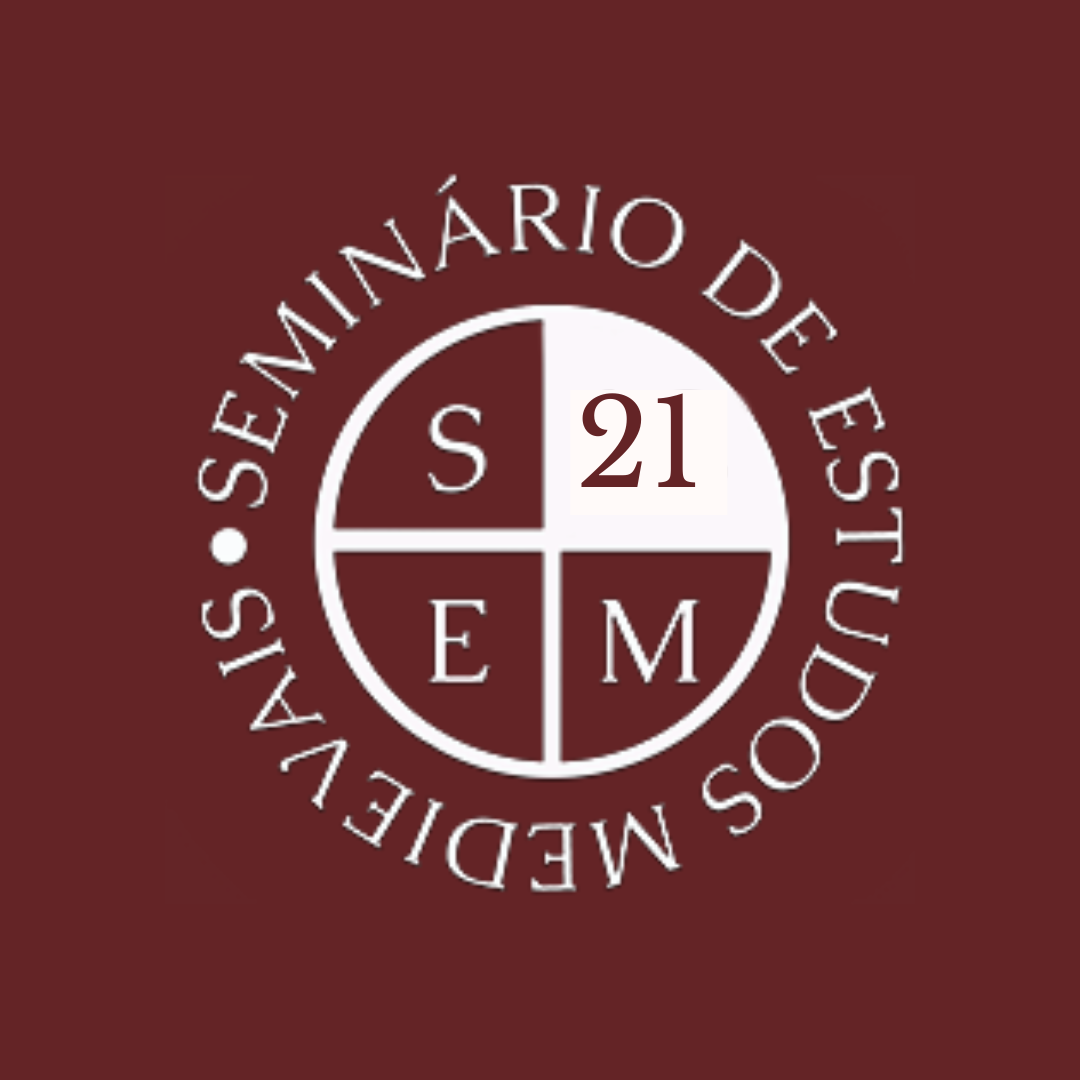Seminar in Medieval Studies: “Uma introdução arqueológica ao mundo rural altomedieval (séculos IV-VIII). Dois casos singulares em Lusitânia: Egitania e Emerita” – Tomás Cordero (IEM – NOVA FCSH)
20.04.2021 | 16:00
Zoom session

In the 21st century, the study of the High Middle Ages (400-800) has become one of the most dynamic research themes in Medieval Archaeology. In this sense, the renewed interest of the scientific community in the study of this period has generated a new historical paradigm that: highlights the continuity of the Roman world, reduces the negative impact of the barbarian invasions and promotes analysis of the different social and religious processes that emerged throughout this period. Furthermore, the scientific community has furthermore focused on the management of economic resources that influence the transformation of landscapes alongside the emergence of monumental architecture in keeping with the scientific approach defined by C. Wickham and the influence of his comparative economic and social history methodology. In the Portuguese and Spanish cases, although great progress has been made in recent years, there are still important questions to raise and seek answers. Moreover, the archaeological documentation available stands out for its irregularity as while we have high levels of knowledge about early medieval settlements in some areas, for others there are only vast gaps in the knowledge. We may have a great deal of knowledge about towns but far less so about the countryside. A very similar research problem exists for the cases of Egitania and Emerita even though the joint research of the urban and rural archaeological records has here provided us with a better understanding of its historical evolution over this period.
About the author:
Tomás Cordero holds a European Doctoral Degree from the Universidad de Sevilla after beginning his studies at the Archaeology Institute of Mérida (CSIC), where he worked between 2004 and 2011. At this research institution, he completed his doctoral thesis, entitled “El ager de Augusta Emerita durante la Antigüedad Tardía (ss. IV-VIII)”. He worked as a researcher on the Prometheus Program under the auspices of the Republic of Ecuador. Between 2013 and 2015, he directed several heritage management projects in the Ibarra canton and the university city of Yachay-Ciudad del Conocimiento. In 2015, he obtained a post-doctoral fellowship at the Institute of Medieval Studies (NOVA FCSH) which enabled his development of the project: Change and continuity in rural early medieval Hispania. A comparative multidisciplinary approach to the countrysides of Egitania (Idanha-a-Velha, Portugal) and Emerita (Mérida, Spain). Since 2018, he has been a contracted researcher at the Institute for Medieval Studies (NOVA FCSH) where he currently works on the research project Continuity, transformation and change. A multidisciplinary approach to the study of the rural world between the Tagus and Mondego rivers in the Early Medieval period (4th-8th centuries), with the core objective of obtaining the most accurate historical reading possible of the political, social, economic and cultural relations established among urban and rural communities ongoing between the 4th and 8th centuries.
